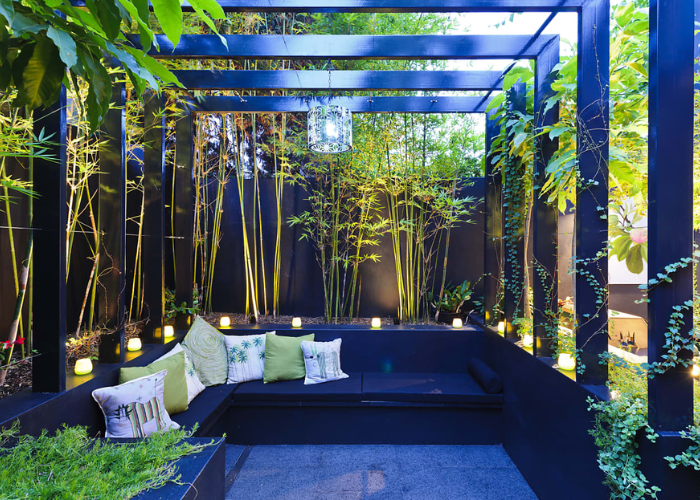Minimalist gardening is all the rage these days, and for good reason. A minimalist garden is an intentional, thoughtful approach to gardening that doesn’t require a lot of space, water, or time to maintain. It relies on a few key principles to create a beautiful, functional, and sustainable garden. Whether you’re a beginner or a seasoned gardener, a minimalist garden can offer a great way to bring a little bit of nature into your home.
Benefits of a Minimalist Garden
One of the best things about minimalist gardening is that it requires fewer resources than traditional gardening. A minimalist garden requires much less water and soil than other types of gardens, and it’s also much less labor-intensive. This means you can enjoy the beauty of a garden without having to spend a lot of time or money maintaining it.
A minimalist garden is a great way to bring a sense of peace and tranquility to your outdoor space. Not only is it aesthetically pleasing, but it also has several practical benefits. Here are a few of the advantages of creating a minimalist garden:
- Low Maintenance: A minimalist garden requires minimal effort to keep looking great. You won’t have to worry about weeding, pruning, and other regular chores associated with a traditional garden. This makes it ideal for those who are too busy to devote a lot of time to their outdoor space.
- Cost-Effective: A minimalist garden is much more affordable than a traditional garden. Since it doesn’t require many tools or plants, it is much cheaper to create.
- Versatility: A minimalist garden can be adapted to fit any space or style. You can choose from a range of plants and features to create a garden that suits your individual taste.
- Energy Efficiency: A minimalist garden uses less energy than a more elaborate garden. This means that it can help to reduce your energy bills and lower your carbon footprint.
- Relaxation: A minimalist garden provides a peaceful and serene environment, ideal for relaxation and contemplation.
If you are looking for a way to create a sense of peace and order in your outdoor space, a minimalist garden is an excellent choice. Not only is it aesthetically pleasing and low-maintenance, but it also has several practical benefits. So why not give it a try today?
Assessing Your Space
When creating a minimalist garden, it’s important to assess your available space. If you’re trying to create a garden in a small area, you’ll want to make sure you choose the right plants for the space. You’ll also want to consider the type of soil, sunlight, and water requirements for the plants you’re considering.
Choosing Plants
Once you’ve assessed your space, it’s time to choose the plants you want to use in your minimalist garden. When choosing plants, keep in mind the space you have available, as well as the amount of sunlight and water the plants need. You’ll also want to consider the type of soil the plants need and what kinds of pests or diseases they may be susceptible to.
When choosing plants for a minimalist garden, it’s important to select plants that are low-maintenance and easy to care for. Succulents, cacti, and other drought-tolerant plants are great choices for a minimalist garden, as they’re very easy to care for and require very little water.
Ensuring Success
Once you’ve chosen the plants for your minimalist garden, it’s important to make sure you’re providing the right environment for them to thrive. This means making sure you’re providing the right amount of sunlight and water, as well as the proper soil and nutrients. It’s also important to make sure you’re controlling pests and diseases, and if necessary, pruning your plants to keep them healthy.
Maintenance
The key to keeping a minimalist garden looking great is to stay on top of regular maintenance. This means regularly checking your plants to make sure they’re healthy and not suffering from any pests or diseases. It also means removing any dead or diseased plants as soon as possible to prevent them from spreading.
Conclusion
A minimalist garden is an excellent way to bring a little bit of nature into your home without having to spend a lot of time, money, or resources. With a few key principles and regular maintenance, you can create a beautiful, functional, and sustainable garden that will look great and provide you with a peaceful oasis. Whether you’re a beginner or an experienced gardener, a minimalist garden is a great way to enjoy the beauty of nature without having to invest a lot of time or energy.






